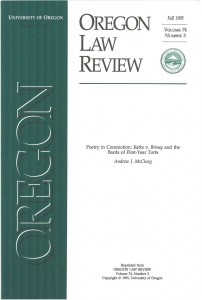 Andrew J. McClurg, Poetry in Commotion: Katko v. Briney and the Bards of First-Year Torts, 74 Oregon Law Review 823-48 (1995).
Andrew J. McClurg, Poetry in Commotion: Katko v. Briney and the Bards of First-Year Torts, 74 Oregon Law Review 823-48 (1995).
A classroom incident involving Katko v. Briney, the famous Iowa “spring-gun case,” started the author thinking about the suffocating environment legal education imposes on original expression.
Law school offers virtually no outlets for creativity, which is curious given the substantial reservoir of brain power collected in law schools and the fact that good lawyers must be creative thinkers. Students generally have only two avenues for expressing themselves within the institutional framework: their classroom comments and their written products.
Many law professors like to believe they foster a dynamic, vibrant classroom learning environment, but it is easy to confuse a successful bag of teaching tricks with vibrancy. True vibrancy requires risk-taking, spontaneity, inconsistency in presentation, and a relaxed freedom to speak openly—but these ingredients are missing from most law school classes.
The author’s one-percent solution (a mere footnote to a brainstorm) was to require his Torts students to compose poetry instead of case briefs about Katko, with surprising, satisfying results. The students’ poems make up much of this essay.


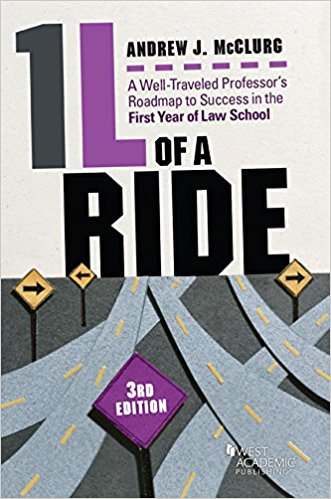
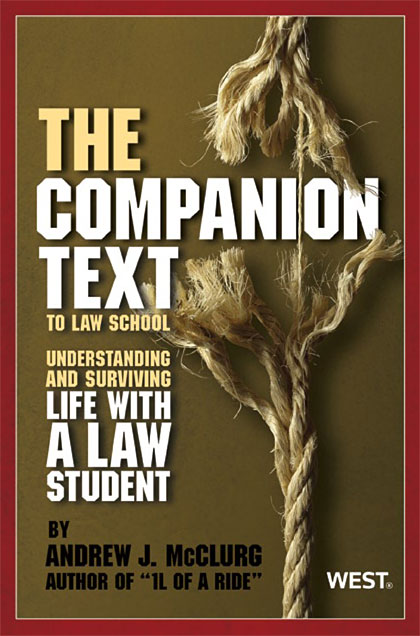




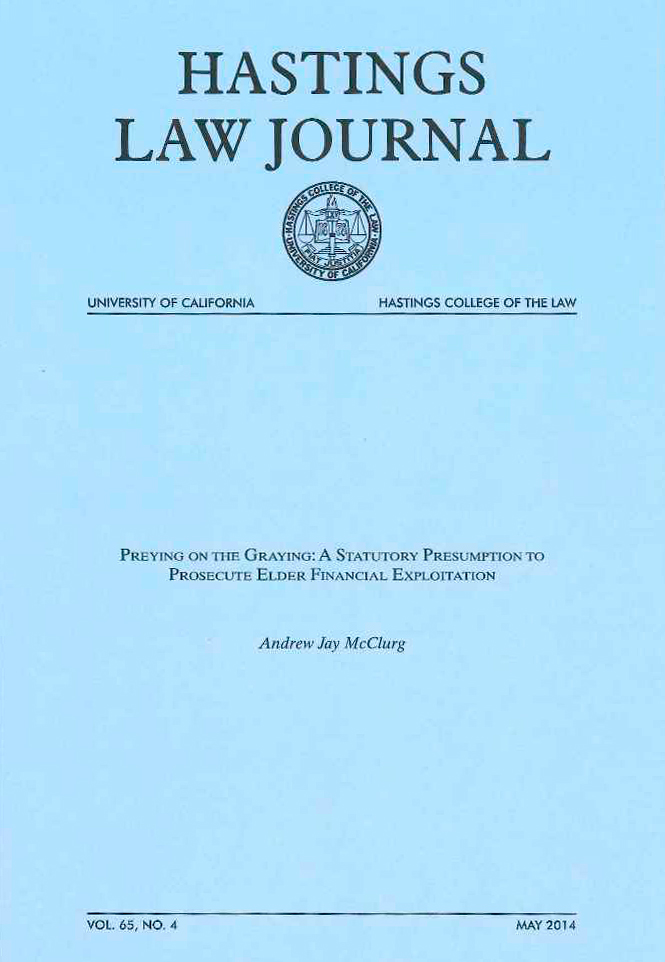
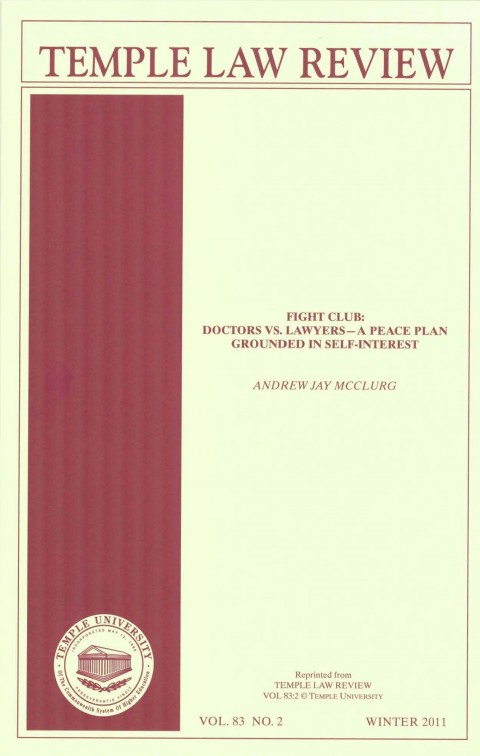
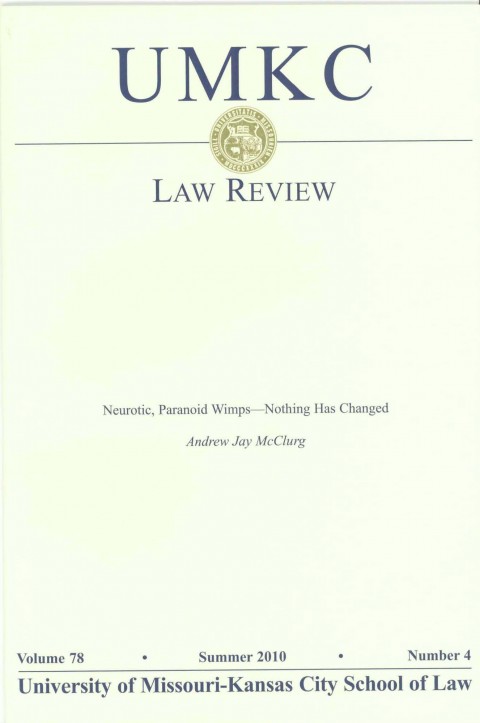
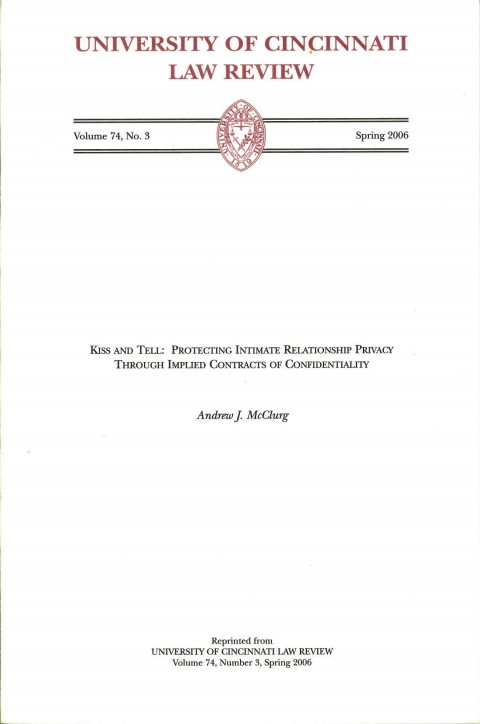
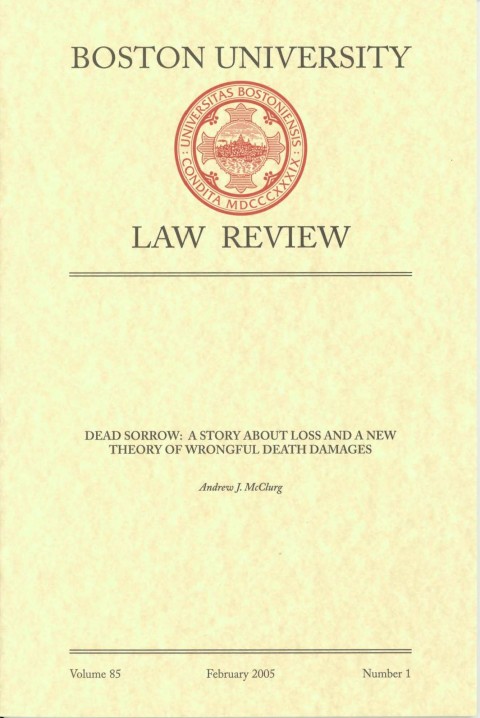
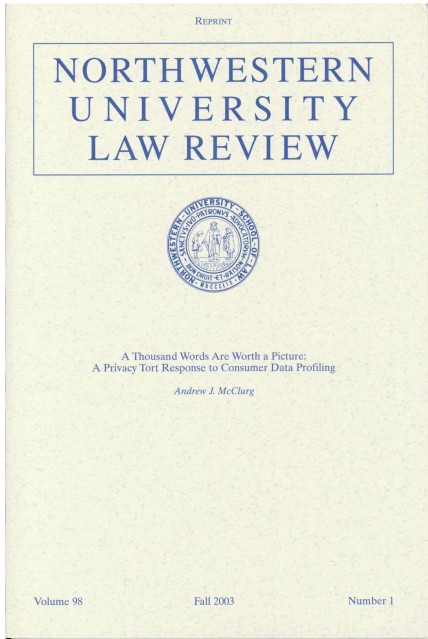
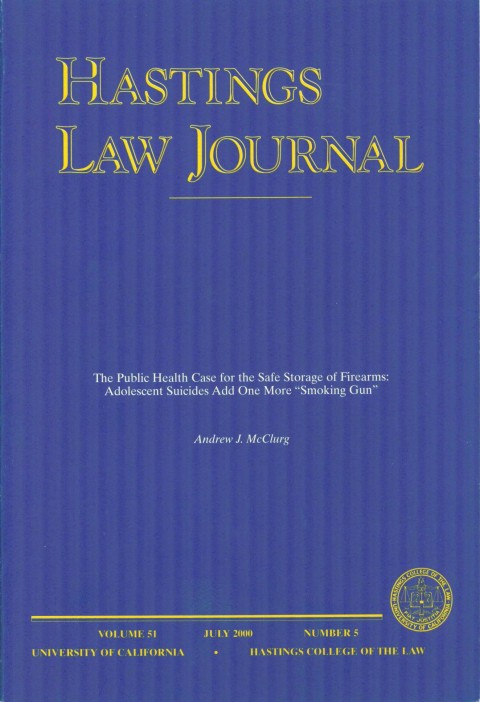
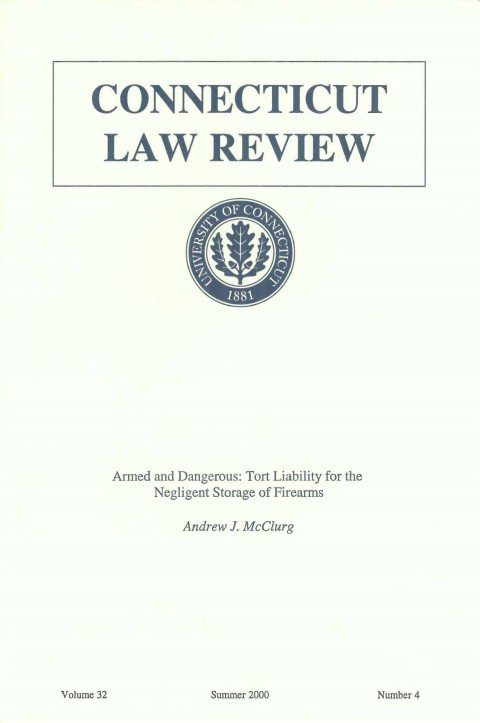
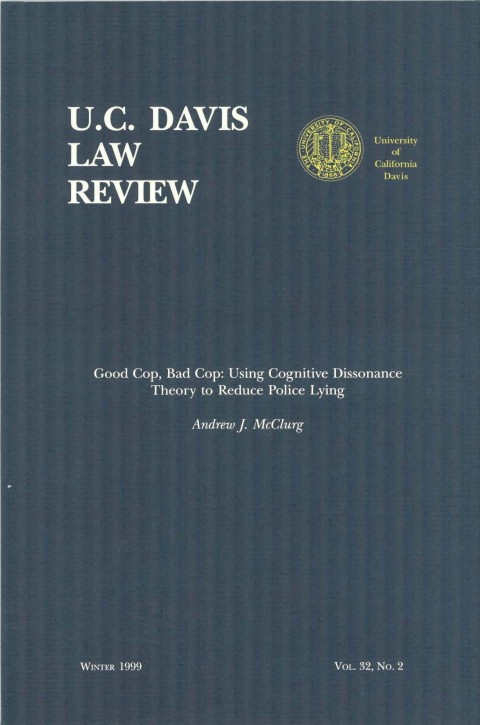
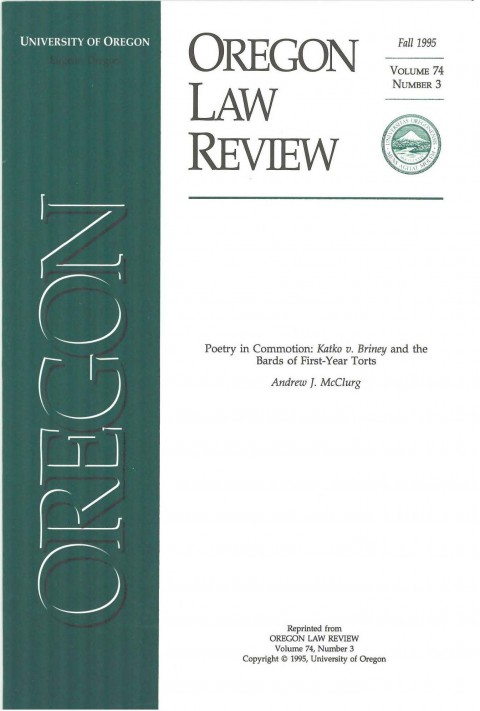
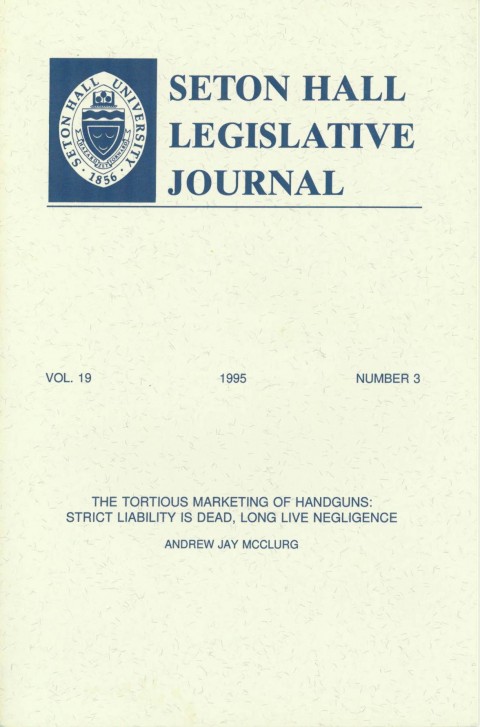
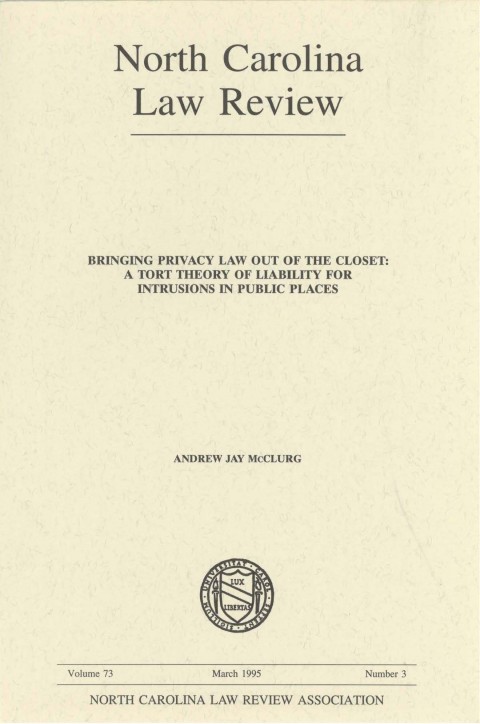
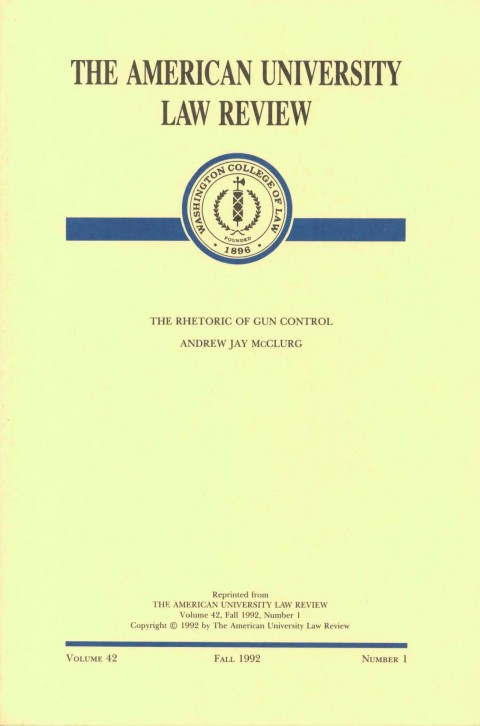

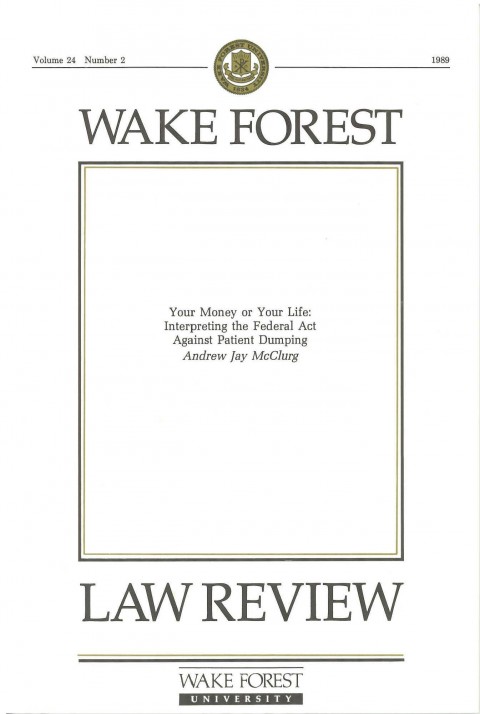


Leave a Reply